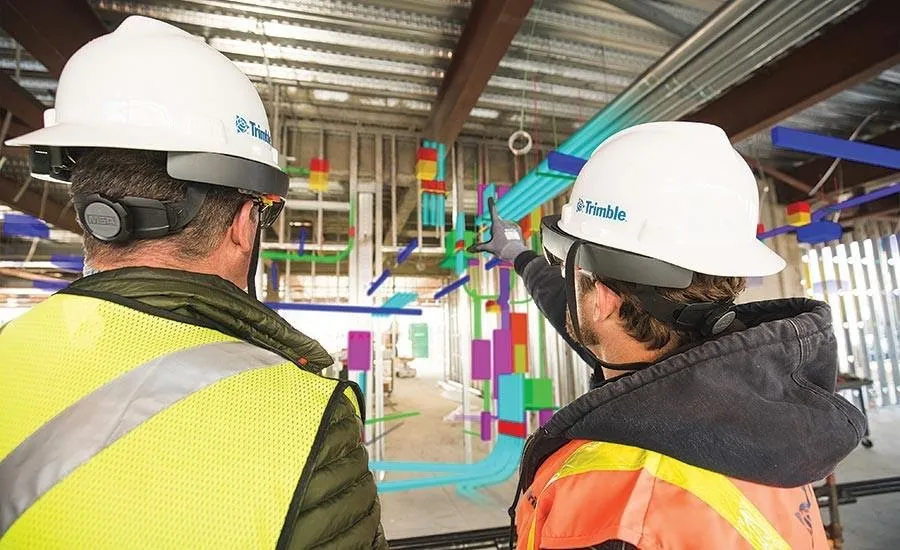Augmented Reality (AR) has rapidly evolved from a futuristic concept to a practical tool across various industries. MyWebAR, a leading platform in AR content creation, recently conducted its first user survey to understand how AR is being used and the challenges faced by its users. With participation from 1,500 individuals, the survey sheds light on the most popular areas and types of AR content, offering valuable insights into the growing impact of AR technology.
The Most Popular Areas for AR Implementation
The survey highlights that MyWebAR users are primarily engaged in three key areas:
- Marketing and Advertising (42%): AR’s application in marketing and advertising leads the way, with nearly half of the users focusing on this area. AR enables brands to create interactive and memorable experiences, enhancing customer engagement and loyalty. Innovative uses include interactive product packaging and immersive advertising campaigns that set brands apart from their competitors.
- Entertainment and Games (18%): This sector leverages AR to create engaging and interactive experiences for users. AR enhances the gaming experience by blending digital elements with the real world, providing a unique and immersive form of entertainment.
- Art and Education (9% each): AR’s role in art and education is gaining traction. In art, AR allows for creative expressions that blend physical and digital elements. In education, AR makes learning more engaging and effective, offering virtual labs and interactive historical or geographical explorations.
The Most Popular Types of AR Content
The survey also reveals the types of AR content that users are creating:
- Interactive Advertising Campaigns (40%): This type of content tops the list, reflecting AR’s effectiveness in marketing. Interactive campaigns captivate audiences by offering unique experiences that enhance brand interaction and customer loyalty.
- Educational Courses and Training (24%): AR’s role in education is notable, with a significant portion of users creating content to make learning more interactive. Virtual labs and 3D explorations of historical or geographical topics are examples of how AR can transform the educational experience.
- Product Visualization in Retail (10%): AR is increasingly used in retail to help consumers visualize products before purchasing. This includes virtual fitting rooms, product catalogs, and AR navigation in stores, improving the shopping experience and reducing return rates.
AR in Marketing and Advertising
The integration of AR into marketing campaigns is transforming how brands interact with their customers. By incorporating AR into product packaging or creating immersive ads, brands can offer a memorable experience that captures attention and fosters deeper engagement. This approach not only helps brands stand out but also builds stronger customer loyalty.
AR in Education
In the realm of education, AR is making learning more engaging and effective. Virtual labs enable students to conduct experiments in a safe, controlled environment, while 3D representations of historical events or geographical features enhance understanding and retention. AR technologies make learning captivating and interactive, significantly improving the educational experience.
AR in Retail
Retail is also benefiting from AR technology. With the rise of AR/XR devices such as Vision Pro, Meta’s Quest, and HTC’s Vive, AR is becoming an integral part of the shopping experience. Virtual fitting rooms, interactive product catalogs, and AR navigation tools make shopping more convenient and enjoyable. AR helps consumers visualize how products will look in their homes or how they will fit, reducing the likelihood of returns and enhancing the overall shopping experience.
Looking Ahead
The survey data confirms that AR technologies are increasingly being adopted across various industries, with growing popularity and diverse applications. MyWebAR is pleased to support its users in creating innovative AR content that drives business growth. The survey highlights the importance of ongoing development and improvement of AR tools to meet the evolving needs of creators and brands.
MyWebAR extends its gratitude to all survey participants for their valuable feedback. The platform remains committed to advancing AR technology and supporting users in creating compelling and impactful AR experiences.
